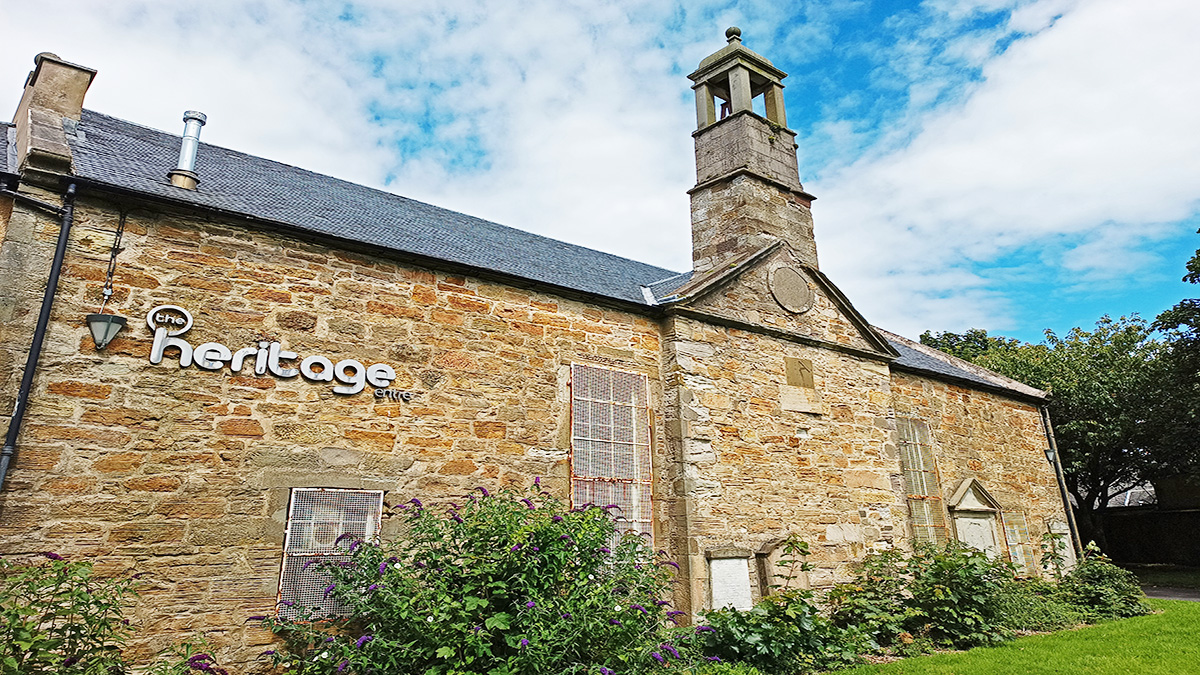The following blog post was kindly written for us by our student volunteer, Grace Levine.
Growing up in upstate New York, I was surrounded by history from a very young age. With not much to do in my rural town in the Hudson Valley, my parents brought me to local museums, historical societies, and heritage sites. As I got older, I realized I was craving a drastic change and moved to Santa Barbara, California to pursue my bachelors. I began my studies undeclared and took as many random, fascinating classes as I could, until I found my way back to my passion for history.
I think my love for history stems from the fact that it revolves around stories. Storytelling can be one of the most powerful ways to form connections and bring people and communities together— which is where the beauty of history lies. After my undergraduate career and numerous internships at all different shapes and sizes of museums, I began working in a natural history in Santa Barbara in business administration and finance. Although not the glamorous job that conjures in their mind when they think of a museum professional, I loved the work. I saw the immeasurable value in museum and heritage spaces in their ability to foster connections among different groups of people and promote diverse perspectives. All of that is what brought me here, to Scotland, and to the North Ayrshire Heritage Centre!
The thrill of opening a box that had possibly not been opened in years, with no idea of what we would find, is unmatched.
– Grace Levine
As part of my graduate degree in Museum Studies, I have spent the past 4 months working at the heritage centre to catalogue the costume and textile collection. The centre has an extensive costume and textile collection and working my way through it alongside fellow student Julia was a fascinating adventure. The thrill of opening a box that had possibly not been opened in years, with no idea of what we would find, is unmatched.

Among the many, many boxes of whitework christening gowns, we would have the pleasure of unboxing something unlike anything else we had come upon. For example, we came across not one, but four, black robes trimmed in brown fur. Each robe was made by R.W. Forsyth Rober Makers of Edinburgh & Glasgow and belonged to different Scottish civic officers. In particular, we found robes belonging to Bailie Ford of the Burgh of Stevenston. It required personal research by myself and my fellow student to determine the history of these robes, especially as we were both unfamiliar with Scottish local government vocabulary, like bailie and provost.

Among the examples of Ayrshire whitework, crochet, and Harry Kemp costumes, we had the pleasure of discovering pristine examples of local emergency service uniforms. Just like everything else in life, fashion has evolved throughout the years. More specifically, uniforms have drastically changed to accommodate new duties, perceptions, and technology. During our work, we located a local police uniform, Red Cross garments, a Royal Corps of Signals uniform, and a Salvation Army Band suit.

Uniforms have not only evolved throughout the years to accommodate a different range of duties and incorporate advanced textile technology, but they have also changed with shifting perceptions of emergency service providers. However, some things still remain the same, like the sustainment of the phrase “semper vigilo” within the Police Service of Scotland.
One example of extreme changes in uniform is seen through the Red Cross apron housed at the North Ayrshire Heritage Centre. As you can see from the image below, the object in the collection symbolizes the stereotypical historical uniforms that the Red Cross provided female nurses with. As worldviews and approaches have changed, the Red Cross uniforms, especially those for women, within Scotland and globally have evolved. Historically, due to the role of women and societal perceptions, nurses and Red Cross volunteers wore aprons that were modest and appropriate while performing their work. Now, as women’s roles and positions within society have shifted, the new female Red Cross uniforms depict that– they are more practical and more modern.


Uniforms can help shape our understanding of organizations and trace the evolution of institutional ideas, values, and mission.
For example, Salvation Army bands have played an important role for the organization since the 19th-century and continue to do so today. Brass bands have continued to spread the mission statement of the organization and encourage community bonding and commitment. North Ayrshire is lucky enough to not only have the band uniform in its collection, but also the trumpet that this individual played in the band.

As you can see in the images below, the Salvation Army Band suit featured in the centre’s costume and textile collection is in wonderful condition. It is an ornately detailed piece, featuring a hat, jacket, and trousers. The jacket includes decorative shoulder epaulettes and the Scottish Salvation Army Band emblem. The hat contains the Salvation Army motto that is still used today in Scotland and around the world, reading “blood and fire,” symbolizing the blood of Christ and the fire of the holy spirit.


North Ayrshire Heritage Centre is dedicated to preserving and sharing the rich history of the community and their collections are at the heart of that mission. Having the opportunity to discover and catalogue the costume and textile collection is something I am truly grateful for. Collections like those housed at the centre enable us to share stories and make meaningful connections that we may have not had the chance to make. Objects carry the power to spark conversations on our shared past, present, and future, but without the hard work and dedication of the North Ayrshire Heritage Centre staff that I saw firsthand during my time, these objects would become obsolete and disempowered.
